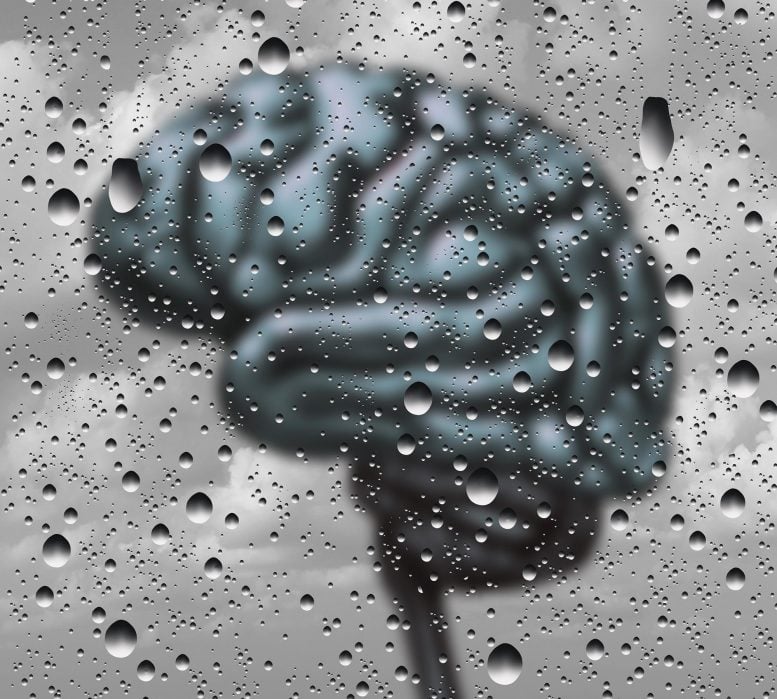
“Brain fog” is a condition that causes difficulties with concentration, thinking, and memory.
Infection impairs learning, memory, and problem-solving across animal species.
Is brain fog a disorder that only affects humans? That question is addressed in a recent paper that was published in Trends in Ecology & Evolution. In a review of the studies, it is investigated if infections impact learning, memory, and problem-solving in species from all around the animal world, not just humans.
Andrea K. Townsend, the study’s primary author and an associate professor of biology at Hamilton College, had recently finished a research project in which she examined the impact of infectious disease on the ability of American crows to solve problems. She was surprised by the lack of research she could find to compare how disease influences cognition in other species.
She gathered and analyzed existing studies with her co-authors Kendra B. Sewall, Dana M. Hawley, and (Virginia Tech) Anne S. Leonard (University of Nevada, Reno) in response to the fact that so many people have contracted COVID-19 and experienced brain fog. She also wanted to accomplish her goal of bringing all current studies together for comparison.
They discovered that a wide range of animal species, including humans, rats, birds, and bees, exhibit symptoms of cognitive impairment with disease. Numerous factors may contribute to this, such as host microbiome changes, immune response to infection, lack of motivation of sick individuals to perform a cognitive task, malnutrition, and parasite damage.
“I think one surprising thing for me was how little is known. We’re seeing an accelerated emergence of all of these infectious diseases, and yet we know very little about how disease might affect cognition and the implications of this for wild animals as well as for humans,” Townsend said.
Cognitive impairment linked to disease has the potential to affect entire ecological communities. For example, bees infected with some pathogens have difficulty learning the smells and colors of the most productive flowers. “This is really a bad outcome, if you are a bee, because foraging success depends on the ability to efficiently find the most productive flowers,” Townsend added. This could have negative consequences for bee populations, and also for the flowers, which rely on bees for pollination.
As wild animals continue to be affected by a changing climate and disturbed environments, cognitive impairment may exacerbate the effects of disease. In disturbed environments, animals tend to be stressed, and stressed animals are more likely to get sick, which could impair their cognitive abilities. At the same time, these cognitive abilities could be especially important in these changing, stressful environments, where cognitive abilities (like flexible decision-making and innovation) could give them a behavioral buffer.
“So, here you might have a snowball effect where animals in stressed environments are more likely to get sick and their cognitive abilities are impaired. Then they are less able to deal with these stressful, changing environments because of their impaired cognitive abilities. It could increase the costs of environmental change for some wild animals,” Townsend explained.
“We’re also living in a period of accelerating disease emergence, which is likely to have lots of contributing factors. For example, climate change is altering the range of many insects that carry diseases. In North America, the ranges of mosquitoes, ticks, and other vectors are extending northward. This is a problem because these ranges are extending into populations of naive hosts that have never experienced the diseases that they carry before. Therefore, they don’t have immunity to these infections and are likely to be highly susceptible to them,” Townsend said.
Included among the future questions for which Townsend may seek answers are:
- What is the potential for cognitive impairment to hasten or exacerbate population declines as new diseases emerge in wildlife populations?
- How do disease pressures affect cognitive performance at the population level and how does that affect the survival and reproduction of sick individuals within those populations?
- What are the long-term consequences of infection? Do infections that animals experience when they’re young have long-term consequences for their cognitive performance and their fitness?
- How might animals evolve in response to disease? For example, will the perception of potential disease cues increase in populations with new disease pressures?
Reference: “Infectious disease and cognition in wild populations” by Andrea K. Townsend, Kendra B. Sewall, Anne S. Leonard and Dana M. Hawley, 21 July 2022, Trends in Ecology & Evolution.
DOI: 10.1016/j.tree.2022.06.005


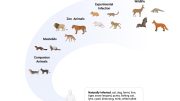


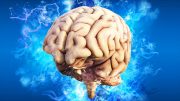
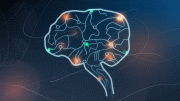

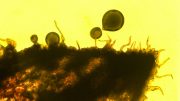
Be the first to comment on "Brain Fog – Can Animals Get It Too?"